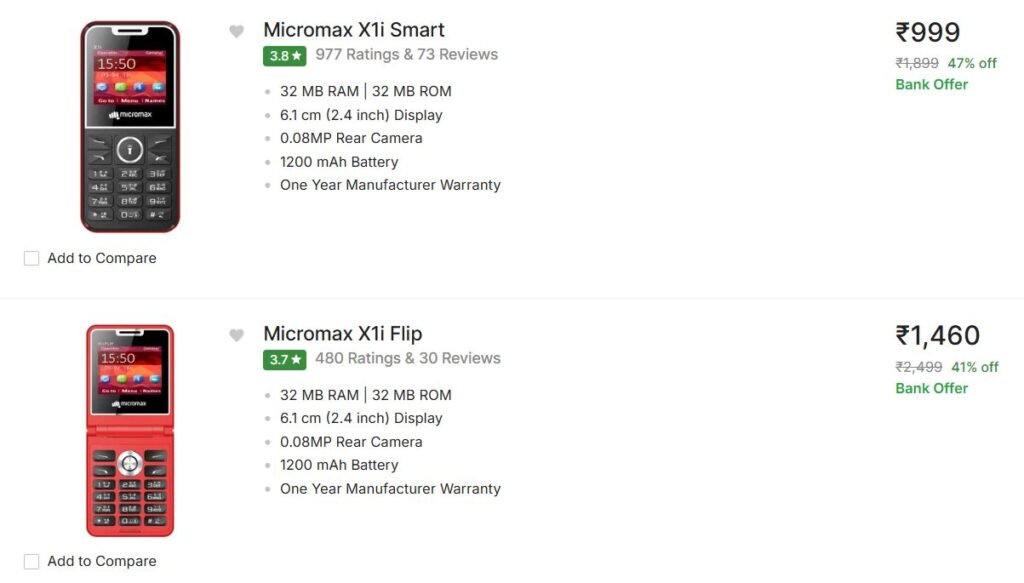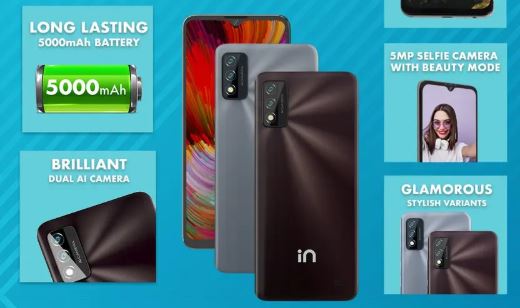Micromax, once India’s largest homegrown smartphone brand, rose in the late 2000s and early 2010s. There was a time when indian had high expectations from Micromax, but slowly its craze faded away, and now very few people even know about this brand.
The Rise of Micromax
Micromax was founded in 2000 by Rahul Sharma, Vikas Jain, Sumeet Kumar, and Rajesh Agarwal. Initially, the company focused on selling IT peripherals and feature phones. However, its big break came in 2008 when it launched its first mobile phone, the Micromax X1i, which offered a 30-day battery backup. That was a unique feature at that time, and people were suddenly attracted to it.
By 2010, Micromax shifted its focus to budget smartphones, capitalizing on India’s growing demand for affordable mobile devices. Micromax introduced phones with dual-SIM support, long battery life, and regional language support, catering to rural and semi-urban consumers.
Micromax gave a tough competition to Samsung and Nokia by offering smartphones at significantly lower prices. By 2014, Micromax had become India’s second-largest smartphone brand, surpassing global giants like Samsung in certain quarters. It held a 22% market share in 2014, according to IDC. The company also expanded internationally, entering markets like Russia, Nepal, and Bangladesh.

Why was Micromax so successful?
Most Indian consumers were price-sensitive, and Micromax offered feature-rich phones at half the cost of competitors like Samsung, Sony, and Nokia. The company built a strong offline retail presence. Micromax was available in many small villages where smartphones like Samsung and Nokia couldn’t reach.
The Indian government’s push for local manufacturing under the “Make in India” initiative initially benefited Micromax, which assembled phones domestically to reduce costs.
Micromax also spends heavily on Marketing. They hired Hollywood Star Hugh Jackman and Bollywood Star Akshay Kumar as their brand ambassador.
What Went Wrong With Micromax?
The Main Reason for Micromax’s fall was that Chinese players like Xiaomi, Oppo, Vivo, and Realme entered the Indian Market. This Chinese Smartphone maker offers better smartphone features at similar or lower prices.
Xiaomi Flash Sales on e-commerce websites like Amazon and Flipkart were the talk of the town. Chinese brands invested heavily in R&D, but Micromax still depended on rebranding Chinese OEM (Original Equipment Manufacturer). Slow Software updates and outdated design were the main reasons for user frustration.
Chinese Brands invested heavily in the smartphone launch with a mega event. In those events, they invite tech influencers and media personnel to review their devices. That strategy also works for them and creates buzz about their smartphone.
While Xiaomi and Realme dominated platforms like Flipkart and Amazon, Micromax was still dependent on traditional retail. Micromax was slow to embrace online sales. The 2016 demonetization and 2017 GST rollout disrupted Micromax’s cash-dependent supply chain.

Come Back Attempts:
In 2020, Micromax attempted a comeback with “Made in India” smartphones, but the market was captured by well-established Chinese and Samsung brands. Micromax benefited from the Government PLI scheme, which encouraged local smartphone manufacturing, but they are not the only one who gets the benefits; competitors like Samsung and Apple also leveraged the scheme.
As of 2025, Micromax holds a negligible market share (less than 1%). Micromax sells budget feature phones and low-end smartphones, and is still struggling to compete with other smartphone brands.
